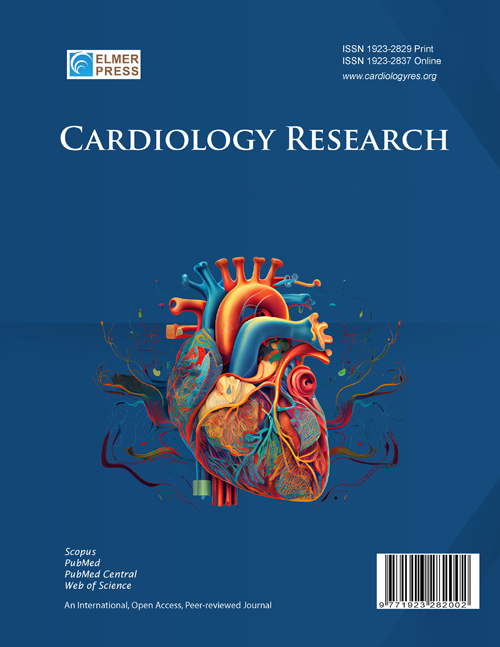Transfer and Survival of ST-Elevation Myocardial Infarction Medicare Patients
DOI:
https://doi.org/10.14740/cr2143Keywords:
STEMI, Interhospital transfer, Medicare, Rural hospitalsAbstract
Background: Interhospital transfer of ST-elevation myocardial infarction (STEMI) patients can lead to greater access to percutaneous coronary intervention (PCI) and reduce mortality. However, it is unclear how the characteristics of the transferring and receiving hospitals impacts mortality of transferred STEMI patients.
Methods: In this retrospective cohort study, we estimated differences in mortality among STEMI patients undergoing interhospital transfer using Kaplan-Meier survival curves and adjusted hazard ratios derived from Cox proportional hazard models.
Results: We found that partial PCI capability (i.e., retaining some patients while transferring others for PCI) of the transferring hospital and lower quality of the receiving hospital were associated with lower survival.
Conclusions: Interhospital transfers driven by factors other than distance and quality can negatively affect patient outcomes.

Published
Issue
Section
License
Copyright (c) 2025 The authors

This work is licensed under a Creative Commons Attribution-NonCommercial 4.0 International License.










